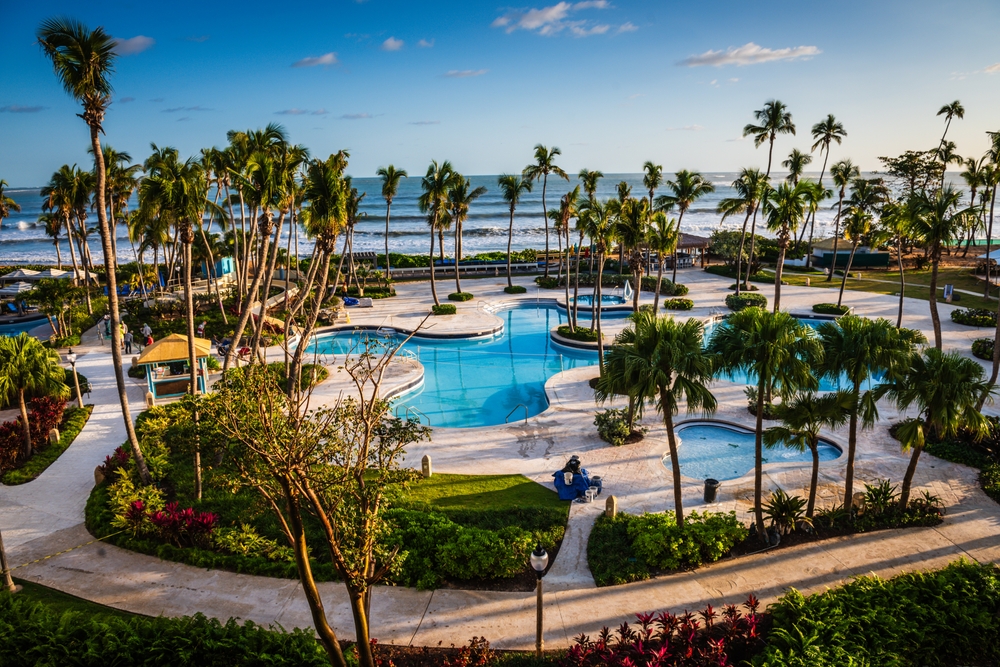Inca Trail
The Inca Trail: A Journey Through History
The Inca Trail is one of the world’s most iconic hiking routes. It stretches through the Peruvian Andes and ends at the ancient city of Machu Picchu. This trail offers not just a physical challenge but a deep dive into history and culture.
Origins and Historical Significance
The Inca Trail is part of a vast network of roads built by the Inca Empire. This network, known as Qhapaq Ñan, connected various parts of the empire, which spanned modern-day Peru, Ecuador, Colombia, Bolivia, Argentina, and Chile. The trail we hike today was just a small section of this impressive system.
Inca roads were built with remarkable engineering skills. They traversed rugged mountains, crossed rivers, and went through deep valleys. These paths facilitated communication, trade, and military operations. They were vital for the administration of the vast Inca Empire.
The Trekking Experience
The classic Inca Trail hike generally takes four days. It covers about 26 miles (42 kilometers). The journey begins at Kilometer 82, a spot close to the Urubamba River. Trekkers pass through various ecological zones, from cloud forests to alpine tundra. This diversity makes the hike not just a physical journey but also a biological expedition.
Weather conditions can vary greatly. The dry season, from May to September, is the best time to hike. During the wet season, from November to March, parts of the trail can become muddy and treacherous. The Peruvian government closes the trail for maintenance every February.
Altitude and Acclimatization
Trekking the Inca Trail is not easy. One of the main challenges is the altitude. The trail reaches heights of up to 13,828 feet (4,215 meters) at the Dead Woman’s Pass. Altitude sickness is a real concern. Symptoms can include headaches, nausea, and dizziness. Proper acclimatization is crucial. Spending a few days in Cusco, which itself stands at 11,152 feet (3,399 meters), helps in adapting to the high altitude.
Permits and Regulations
The Peruvian government regulates access to the Inca Trail. Only 500 people, including guides and porters, are allowed on the trail each day. Trekkers must obtain permits, which often sell out months in advance. It is essential to plan and book early. Hiring a licensed tour operator is mandatory. These operators arrange the permits, guides, and porters, ensuring a safer and well-coordinated trek.
Key Highlights Along the Trail
- Llactapata: An archaeological site with terraces and structures. It offers an early glimpse into Inca architecture.
- Runkurakay: A circular Inca structure believed to have served as a watchtower or resting place for messengers.
- Sayacmarca: This site translates to inaccessible town and is perched on a steep mountain ridge, offering stunning views.
- Phuyupatamarca: Known as the town above the clouds, this site is located at 11,800 feet and features well-preserved baths and terraces.
- Wiñay Wayna: A breathtaking site with terraces and buildings, located just a few kilometers from Machu Picchu.
Eco-Friendly Trekking
The Inca Trail is situated in a delicate environment. Trekkers are encouraged to follow eco-friendly practices. This includes packing out all trash, sticking to marked trails, and respecting wildlife. Tour operators often emphasize the principles of Leave No Trace to minimize the impact on natural and archaeological sites.
Impact on Local Communities
The Inca Trail brings economic benefits to local communities. Porters and guides, often from nearby villages, play a crucial role in the trekking experience. They carry heavy loads, set up camps, and provide local insights. Fair wages and ethical treatment of porters have gained attention in recent years. Reputable tour operators now ensure that porters work under fair conditions.
Training and Preparation
Preparation is key to a successful Inca Trail hike. Physical fitness is important. Cardiovascular exercises, such as running and swimming, help build stamina. Leg strength is also vital, so activities like hiking, stair climbing, and lunges are beneficial. Mental preparation is equally important. Understanding the challenges and being prepared for discomforts, such as cold nights and basic sanitary conditions, can improve the overall experience.
Day-by-Day Breakdown of the Classic Hike
Day 1: Cusco to Wayllabamba
The journey starts from Cusco, moving to the trailhead at Kilometer 82. The initial hike is relatively gentle. Trekkers pass through small villages and Inca ruins. Campsites are set up near Wayllabamba, where hikers spend their first night.
Day 2: Wayllabamba to Pacaymayo
The second day is the most challenging. The trail ascends steeply to Dead Woman’s Pass, the highest point of the trek. The descent into the Pacaymayo Valley follows. This day tests endurance and physical strength.
Day 3: Pacaymayo to Wiñay Wayna
The third day is rich in Inca sites. Hikers visit Runkurakay, Sayacmarca, and Phuyupatamarca. The trail becomes more varied, with sections of well-preserved Inca steps. The day ends at Wiñay Wayna, the most impressive ruin before Machu Picchu.
Day 4: Wiñay Wayna to Machu Picchu
The final day is shorter. Trekkers reach the Sun Gate (Inti Punku) at dawn. The first view of Machu Picchu from this vantage point is unforgettable. After descending to Machu Picchu, there’s ample time to explore and marvel at this wonder of the world. Many trekkers opt to stay in Aguas Calientes for a comfortable night before returning to Cusco.
Alternative Trails
The classic Inca Trail is not the only route to Machu Picchu. Alternative treks like the Salkantay, Lares, and Choquequirao trails offer different perspectives and less crowded paths. These treks can be longer or shorter than the classic trail, and each has its unique features and challenges.
Essential Gear and Packing Tips
- Footwear: Sturdy hiking boots with good ankle support. Break them in beforehand to avoid blisters.
- Clothing: Layers for variable weather, including a waterproof jacket, warm clothing for nights, and lightweight, moisture-wicking tops and bottoms for trekking.
- Backpack: A comfortable daypack for essentials like water, snacks, camera, and personal items. Porters carry the heavier gear.
- Sleeping Gear: A quality sleeping bag rated for cold temperatures. Many tour operators provide sleeping mats.
- Nutrition: High-energy snacks like nuts, dried fruits, and energy bars. Meals are generally provided, but extra snacks are useful.
- Hydration: A water bottle or hydration bladder. Purification tablets or filters for safe drinking water.
- Miscellaneous: Headlamp, trekking poles, camera, sunscreen, first aid kit, and insect repellent.
Tips for a Successful Hike
- Start Slow: Avoid rushing on the first day to conserve energy.
- Stay Hydrated: Drink plenty of water to help with altitude acclimatization.
- Eat Well: Take advantage of the meals provided to fuel your body.
- Pace Yourself: Take breaks as needed and listen to your body.
- Respect Local Customs: Engage respectfully with local communities and fellow trekkers.
The Cultural Impact
Hiking the Inca Trail is more than just a physical activity. It connects trekkers with the Inca civilization. Sites along the trail offer a glimpse into the architectural genius and spiritual world of the Incas. Visiting these ruins provides insights into their social, religious, and agricultural practices.
Preservation Efforts
The Peruvian government and various organizations work tirelessly to preserve this heritage site. Regulations and permits help limit the impact of tourism. Initiatives to educate trekkers about responsible tourism contribute to the preservation of the trail. Continued efforts are necessary to protect this vital piece of history for future generations.
Why Hike the Inca Trail?
The Inca Trail is not just a hike; it is an experience that combines physical challenge, historical education, and cultural immersion. Completing this trek is a rewarding achievement, offering stunning vistas, close encounters with archaeological marvels, and a sense of connection to the past. It’s a journey that stays with trekkers long after they descend into the bustling sophistication of Machu Picchu.





